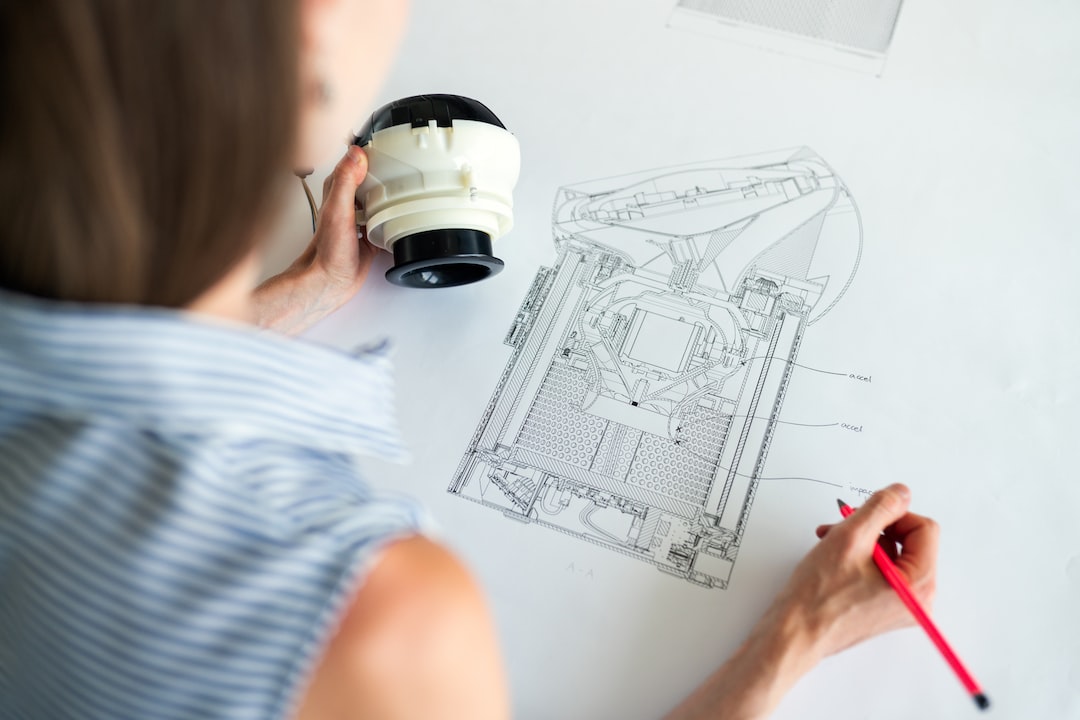Unlocking the Mysteries of Space: Aerospace Engineering for Space Exploration
Space, the final frontier. The vast expanse that lies beyond our planet has always captivated the imaginations of humans. From early civilizations looking up at the starry night sky to modern-day astronauts exploring the unknown, the desire to unlock the mysteries of space has been ingrained within us. At the forefront of this quest stands aerospace engineering – the branch of engineering that deals with the design, development, and testing of spacecraft and aircraft.
Aerospace engineering, often referred to as astronautical engineering, is a multidisciplinary field encompassing various specialties such as aerodynamics, propulsion, structures, materials, and control systems. This field plays a pivotal role in space exploration by developing cutting-edge technologies that enable us to push the boundaries of human exploration.
One of the key challenges faced by aerospace engineers is the development of spacecraft capable of withstanding the harsh and unforgiving environment of space. Spacecraft need to be designed to withstand extreme temperatures, radiation, vacuum, and micrometeorite impacts. The materials used must be strong, lightweight, and resistant to corrosion. With advancements in materials science and technology, engineers are constantly striving to develop innovative materials that meet these stringent requirements.
Another critical aspect of aerospace engineering is propulsion. After all, what good is a spacecraft if it cannot propel itself through the vastness of space? Engineers continuously work to design propulsion systems that are efficient, reliable, and capable of providing the necessary thrust for space travel. From traditional chemical rockets to ion propulsion, various propulsion technologies are being explored to achieve faster and more efficient space travel.
Aerodynamics is another key area of aerospace engineering that plays a significant role in space exploration. The shape and design of a spacecraft determine its ability to maneuver through the Earth’s atmosphere during launch and re-entry. Engineers employ computational fluid dynamics and wind tunnel testing to optimize the aerodynamic performance of spacecraft, reducing drag and increasing stability. These advancements help to increase fuel efficiency and improve the overall trajectory of space missions.
Structural engineering is a vital part of aerospace engineering that ensures the integrity and safety of spacecraft. Engineers are responsible for designing the framework, or spaceframe, of a spacecraft, ensuring it can withstand the tremendous forces experienced during launch, re-entry, and space operations. This involves selecting suitable materials, optimizing the use of structural members, and conducting thorough stress analysis and testing.
Control systems are the brains behind any spacecraft, determining its flight path, attitude, and overall operation. Aerospace engineers develop sophisticated control systems using advanced sensors, actuators, and computer algorithms. By precisely controlling the spacecraft’s movements and systems, engineers ensure the success of space missions and maintain the safety of astronauts.
Space exploration is not just about sending astronauts into space; it also involves the study of celestial bodies such as planets, moons, asteroids, and comets. Aerospace engineering plays a crucial role in designing and operating robotic spacecraft, including rovers and orbiters, to explore these distant worlds. These missions provide valuable data about the composition, geology, and potential habitability of celestial bodies. The knowledge gained through these missions helps us better understand the universe and our place in it.
In recent years, the field of aerospace engineering has witnessed remarkable advancements. Private companies, such as SpaceX and Blue Origin, are pushing the boundaries of space travel with innovations like reusable rockets and plans for commercial space tourism. This has sparked a renewed interest in space exploration, bringing it closer to the realm of possibility for ordinary people.
As aerospace engineering continues to evolve, the possibilities for space exploration seem endless. From establishing human colonies on other planets to mining resources from asteroids, the potential for scientific discovery and technological advancements is immense. The mysteries of space await us, and it is through the efforts of aerospace engineers that we will one day unlock these secrets and expand our understanding of the universe.

